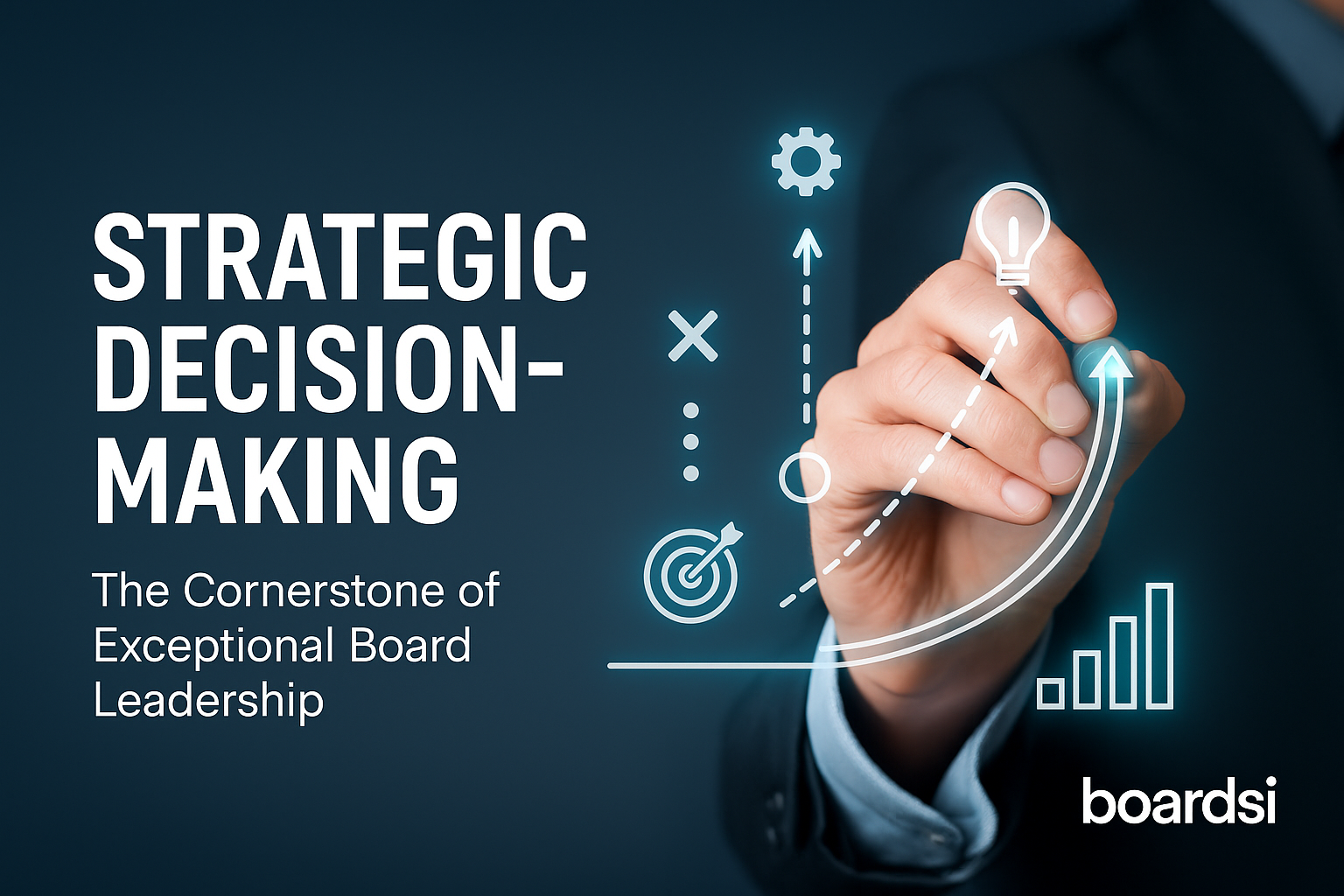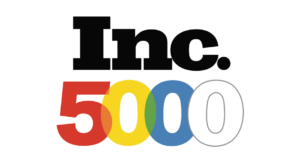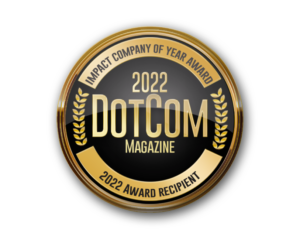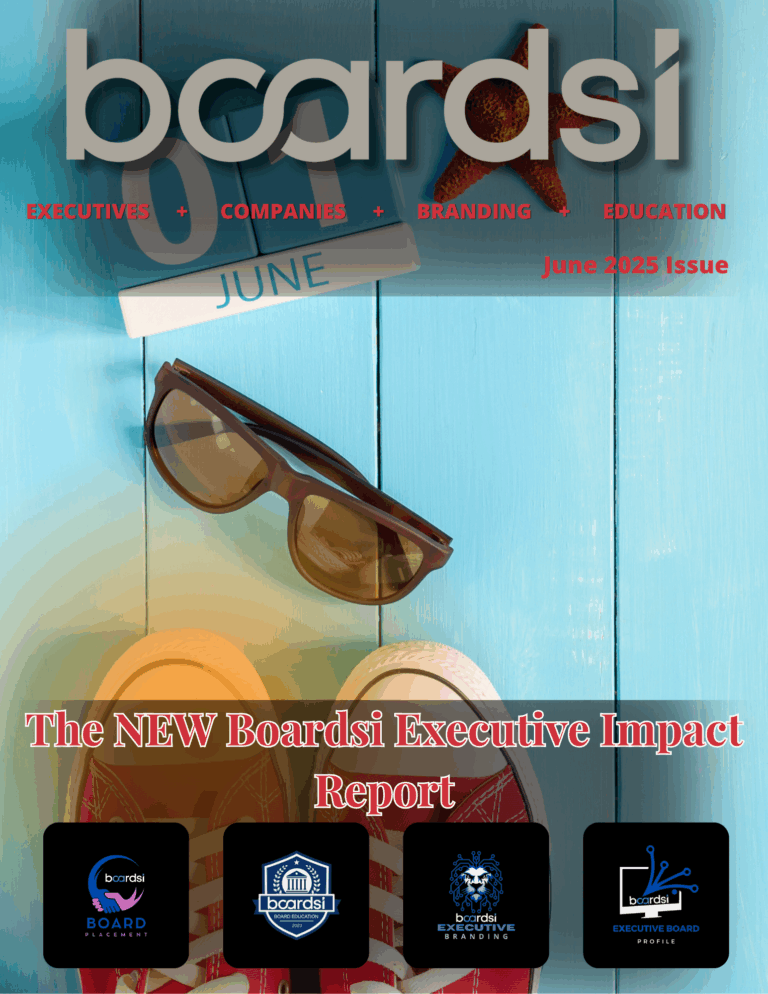What do you think of when you hear the word “stagnation?” I always imagine stagnant water, not moving or flowing, but simply sitting there, rotting and attracting bacteria and flies. Stagnation is a dangerous state for water because water is meant to keep moving for life to flourish.
The same could be said for any individual or organization. What happens to a person when they stop moving, growing to their full potential and innovating for the betterment of themselves and society? The same thing happens when a company stops growing and innovating — they become vulnerable to being left behind while others keep moving. Competitors step in to do better, while stagnant companies struggle to remain relevant and successful. For a company to flourish, leaders need to keep their people innovating.
The dangers of stagnation
The business world is constantly evolving and growing increasingly competitive. In today’s business climate, stagnation has serious consequences for companies and the people responsible for keeping them running. Stop innovating, and we risk falling behind our competitors. In their search to gain more of the market, they are constantly trying to figure out how to offer better products or services or find more efficient or cost-effective ways of doing business. Constant innovation is how we stay ahead and remain a leader in the field. If our competitors provide what we do but better, we lose customer satisfaction and loyalty.
Stagnation can also lead to a lack of excitement and motivation among employees. Without new challenges or opportunities for growth, employees may become disengaged. Stop innovating, and they may look for opportunities elsewhere to develop their talents and advance their career.
Without innovation, we risk becoming obsolete. Our products or services no longer meet the needs of our customers, or new technologies render them outdated. Only by constantly innovating can we stay relevant and ensure our products or services continue to meet the needs of our customers.
How to inspire creativity in yourself and your team
Innovation is also how companies stay competitive, meet the needs and expectations of customers, engage and motivate employees, and remain relevant in an ever-changing world. Leaders can avoid the dangers of stagnation by encouraging creative thinking among themselves and their people. Here are five ways to start:
1. Set aside dedicated time for disruption. This can be a specific time of day or a set number of hours per week, but make sure to schedule this time specifically for coming up with new ideas.
2. Encourage a growth mindset. When we believe our intelligence, abilities, talents and even interests to be learnable, and ourselves capable of learning through effort and improvement, we are more likely to succeed. With a growth mindset, we see every challenge as a learning opportunity. We become more adaptable, resilient and constantly looking for ways to improve. Embrace and encourage ongoing learning and growth to help stay open to new ideas and approaches.
3. Seek out new experiences and perspectives. Travel. Try new hobbies. Engage with people from different backgrounds and cultures. By exposing ourselves and our teams to new experiences and perspectives, we expand our ways of understanding the world, which will spark new ideas and approaches.
4. Set specific, achievable goals. Setting clear, achievable goals helps us stay focused and motivated, giving us a sense of purpose and accomplishment as we progress. We can also set goals to help meet targets for creativity and innovation efforts.
5. Surround yourself with like-minded individuals. Not to say everyone should be the same, and diversity plays a critical role in innovation, but we should aim to surround ourselves with people genuinely interested in creativity and innovation. Their inspiration and motivation will echo between us both and those around us. Join or start a creative group or look to network with like-minded individuals.
Diversity sustains innovation
A well-rounded, diverse team with a broad range of perspectives, experiences and backgrounds breaks up patterns of stagnation before they start, resulting in more innovative and creative solutions and sustaining a more innovative and dynamic team. Greater diversity of thought brings a greater variety of ideas and approaches to problem-solving. Teams of employees with a wide range of backgrounds and expertise have solved a wider range of problems, which translates to new approaches to tackle opportunities from multiple angles, identify new opportunities and craft more effective solutions.
Their range of life experiences, cultural backgrounds and personal interests can all contribute to a more creative and innovative team. Even their communication styles and approaches may be different, which can foster more open and inclusive communication. A 2021 study found that effectively learning to communicate and manage culturally diverse environments positively impacts an employee’s sustainable innovation behavior and performance. This higher cultural intelligence also fosters better collaboration and teamwork, helping to break down any barriers that might stand in the way of creative thought.
In today’s competitive world, the ability to stay adaptable is critical. Pivoting can save a business — especially when it’s stale. Leaders should strive to inspire themselves and others to remain creative and innovative, encouraging new ideas and approaches with a well-rounded team of diverse perspectives, expertise, communication styles, and life experiences for more creative and effective
solutions. Eliminating stagnation and fostering sustained innovation keeps an organization stay dynamic, forward-thinking, and thriving.
Source: Entrepreneur









